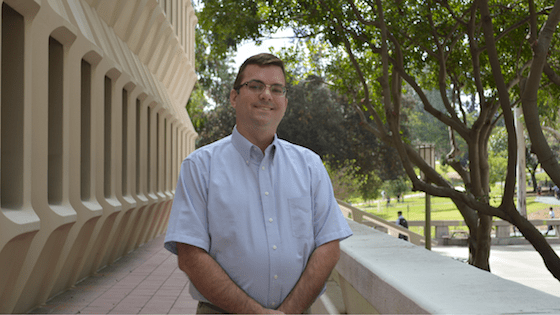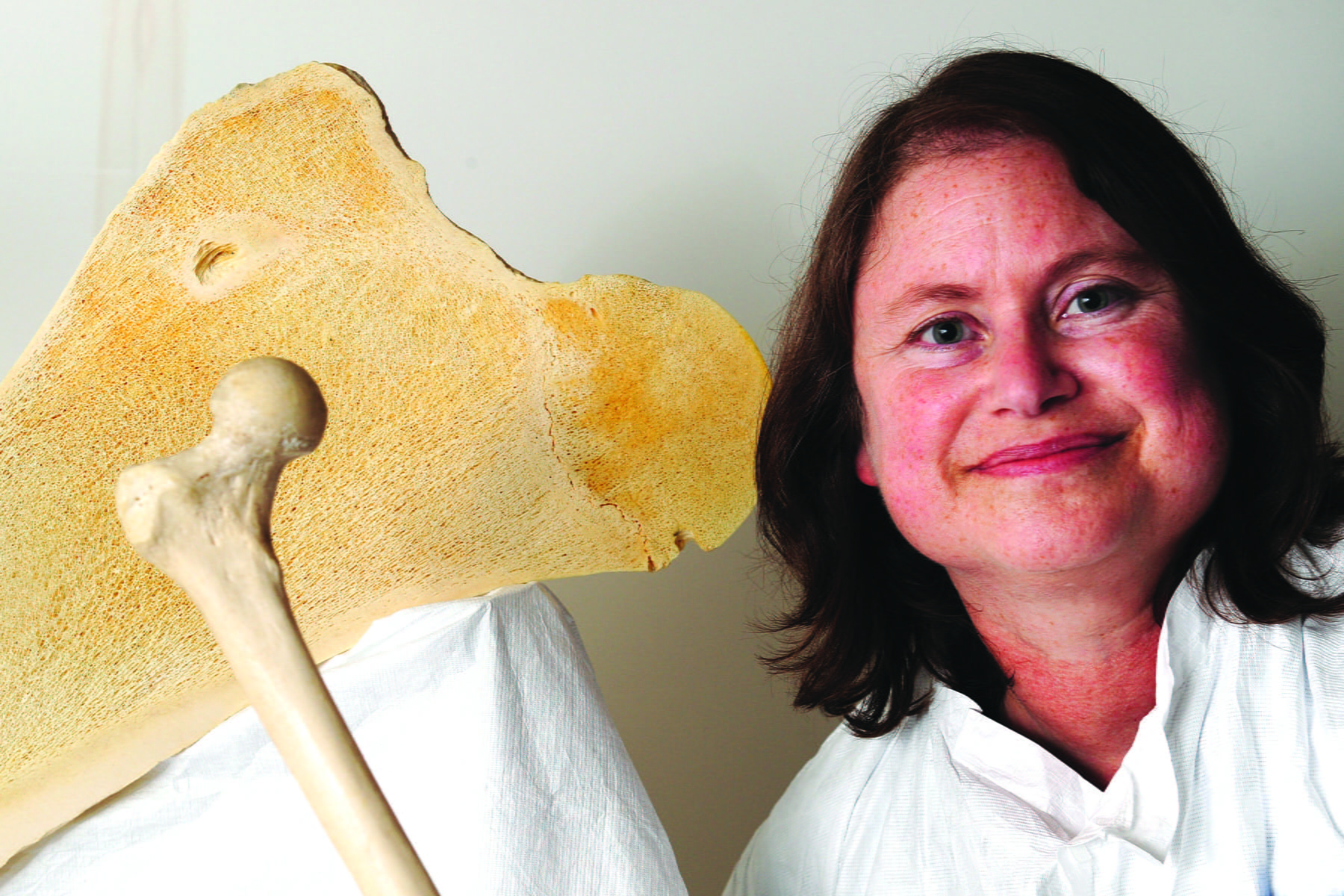Border crossings (2)
UCI immigration experts bring new insights to a contentious debate

America’s recent debate on illegal immigration has generated a lot of heat but not much light, resulting in angry rhetoric and street protests but a scarcity of sound discourse. Meaningful dialogue must begin with facts, not preconceived notions or prejudice, and UCI’s Frank Bean and Rubén Rumbaut have devoted their careers to digging for those facts. Co-directors of the Center for Research on Immigration, Population and Public Policy in the School of Social Sciences, they dare policymakers to use those facts to find better ways of addressing illegal immigration issues.
“Immigrants are not this shadowy underclass as they are so often depicted,” Bean asserts.
“They are a very select part of the population,” Rumbaut adds. “It takes a certain kind of individual to leave everything behind. Immigrants today make their most important contributions to the nation by filling an enormous demand at the bottom of the American labor market, while other immigrants fill a similar need at the top.”
Both men are sociology professors who have spent decades researching immigration. But they came to the issue from very different backgrounds.
Rumbaut was wrenched from his Cuban childhood 45 years ago by his family’s flight to Miami after Fidel Castro morphed from revolutionary to dictator. The questions of why people immigrate, and how they adjust to the countries they land in, have consumed him ever since.
Bean was teaching at the University of Texas, Austin, 25 years ago when he was asked by the governor to develop estimates of how many unauthorized migrants lived in the state. He found the work fascinating – important enough to devote his career to it.
Bean’s work led him to UCI in 1999. Soon, he began creating one of the nation’s top immigration research programs. He recruited Rumbaut from Michigan State in 2002.
They are now lead investigators for the study “Immigration and Intergenerational Mobility in Metropolitan Los Angeles,” documenting the children and grandchildren of immigrants, a group largely ignored by researchers, but crucial to understanding the long-term impact of immigration.
The study covers the entire polyglot spectrum of Southern California’s immigrants, but gives special attention to Mexican immigration.
Though analyses of 480 interviews in five counties (Los Angeles, Orange, Riverside, San Bernardino and Ventura) are at an early stage, already one fact that may defy expectations is clear: the descendants of immigrants learn English, and rapidly.
“What you see is a complete switch, beginning in the second generation and complete by the third generation,” Rumbaut explains. “They prefer English. They teach English to their children. They watch television programming in English.”
Out of the shadows
The data also are expected to confirm a smattering of national statistics that indicate Mexican Americans are moving up the economic ladder. Figures gathered by the U.S. Census Bureau from 1998 to 2002 show college graduation rates more than doubled from the first generation to the second. The number of white-collar workers tripled.
The reason is clear, Bean says: the Immigration Reform and Control Act of 1986 legalized many immigrants, allowing them to emerge from the shadows and participate fully in American society.
Draconian efforts to stamp out illegal immigration are doomed to fail, he adds, and would only keep immigrants in a dark and dangerous underclass nobody wants.
“It’s an example of how immigration policy can open up or limit possibilities,” Bean suggests.
Rumbaut agrees. In his forthcoming book with Alejandro Portes,Immigrant America, Rumbaut offers a series of policy alternatives to regulate the process, and to promote the successful integration of immigrants’ children.
As Congress once again places immigration high on the nation’s agenda, Rumbaut hopes a more reasoned approach emerges, one that grasps complex demographic and economic realities. Both he and Bean expect the current study to produce many recommendations aimed at making immigration a saner process.
“There is a better way, and it consists of bringing the unauthorized labor flow above ground and regulating it,” Rumbaut argues. “For reasons of history and geographic location, Mexico has become the low-skill labor reservoir for the American economy. In collaboration with the government of Mexico, this flow can be managed and controlled.”
The study also is revealing the other side of the immigration coin: highly educated and often wealthy immigrants from China, Taiwan, India and other Asian nations.
While Mexicans often land in a low-wage, undocumented existence that can take decades to climb out of, a Taiwanese family may go straight from the airport to a lavish home in a wealthy neighborhood.
“They are the brain-drain immigrants,” leaving their homelands for better job opportunities here, Rumbaut explains. “Their children are winning all the national spelling bees, all the academic contests. A disproportionate number of Nobel Prize winners are immigrants or children of immigrants.”
Becoming American
Even with the dramatic gains Mexican Americans are making, they are well below other immigrants in income and education levels.
But what all immigrants share is a gritty desire to succeed.
“The sick don’t immigrate,” Rumbaut says. “The elderly don’t immigrate. Immigrants start from scratch, primarily to make a better future for their children.”
Immigrant children, wherever they come from, put in long hours of homework, pushed to succeed by their parents.
Unfortunately, that zeal often dims over time. Americanization, Rumbaut cautions, too often leads to couch-potato children, and sometimes high-school dropouts, gangs and incarceration.
Over the next few years, the study, funded by a $1.7 million Russell Sage Foundation grant, will include in-depth interviews for a richer picture. Other scholars working on different aspects of the data include Susan K. Brown, sociology assistant professor; Louis DeSipio, political science associate professor; Leo Chávez, anthropology professor and Chicano/Latino studies director; and Jennifer Lee, sociology associate professor.
Because it focuses on the descendants of immigrants, the study should leave public policy-makers an indispensable blueprint of where immigration has taken the country – and where it is headed.
“This is where the true legacy of the mass immigration of the last few decades lies,” Rumbaut suggests. “Not with the parents, but with the children.”


